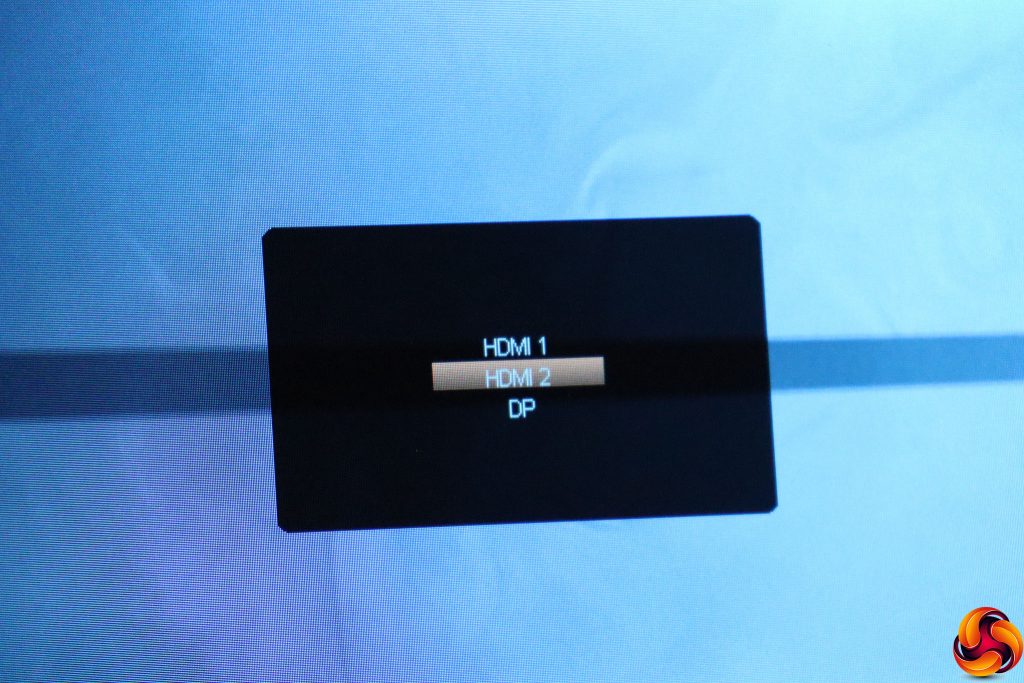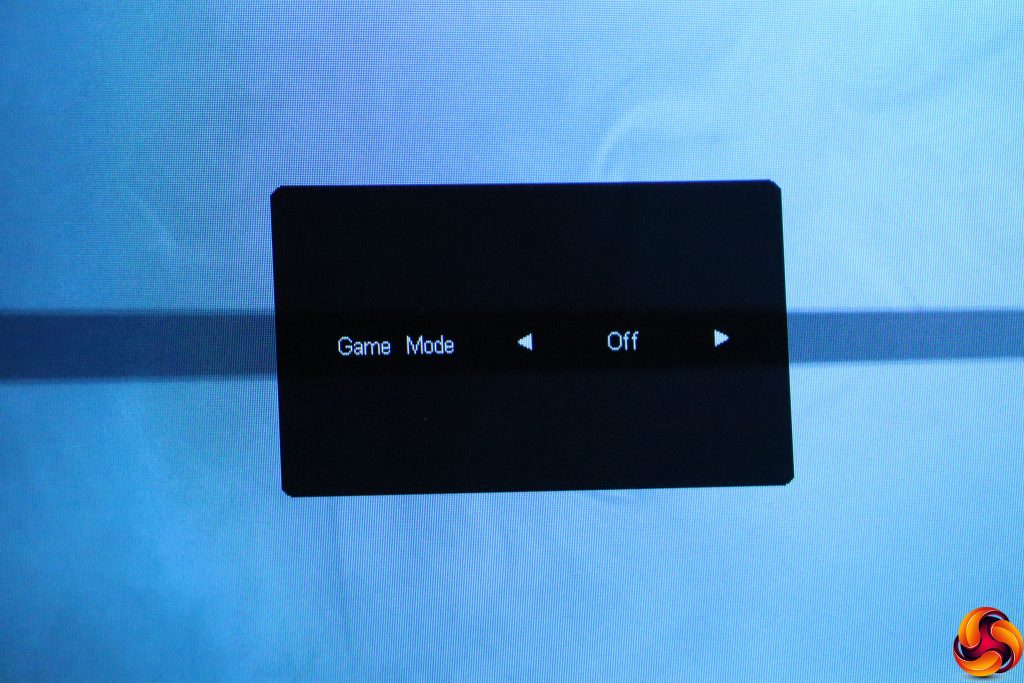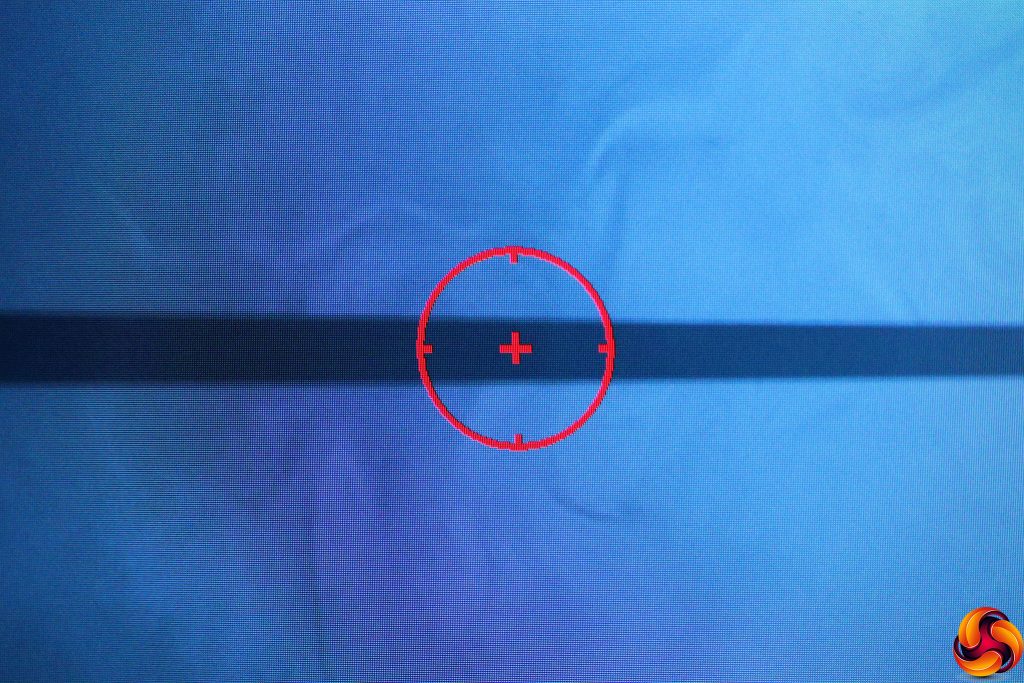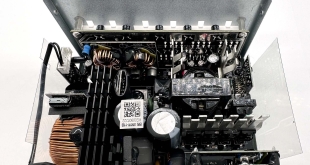Using buttons to access a menu after all the funky joysticks on many other monitors feels a bit retro, but it gets the job done.
The first button from the left calls up an input list, so you can manually select which one to use.
The next button along enables the Game Mode presets, which include Racing, RTS and FPS plus three user-configurable presets.
The third button simply enables a crosshair, which will come in handy for FPS players.
The fourth button calls up the main menu. The first tab is for Luminance, which includes control over brightness and contrast, plus Eco Modes, which are the everyday screen presets and operate separately to the Game Mode presets.
The options include Text, Internet, Game, Movie, Sports, and the default Standard option. There are three Gamma modes and a DCR dynamic contrast option that varies the backlight to increase the perceived contrast above what the panel can natively deliver at a uniform brightness level.
The main menu is navigated using the buttons denoted with arrows, and the next tab is for Color Setup. You can choose between Color Temperature presets – Warm, Normal, Cool, sRGB and User. Selecting the latter enables the red, green and blue sliders to customise your colour manually.
There are also DCB colour enhancement modes, with options for Full Enhance, Nature Skin, Green Field, Sky-blue and Auto Detect. You can demo the results, which splits the screen and shows the enhancement on the left.
Next along is Picture Boost, which is an unusual feature we usually see on AOC monitors that allows you to select a rectangular sub-section of the screen and apply bespoke brightness and contrast settings to it. After a number of years encountering this feature, we remain at a loss understanding its purpose.
The OSD Setup section primarily focuses on customising the appearance and positioning of the OSD, but it also includes control over DisplayPort level. There's a Break Reminder option to prompt you to spend some time away from the screen.
For the intended user, the Game Setting section is one of the most important areas of the main menu. You can choose one of the Game Modes, and then configure further settings. This is also where you can configure the custom User options. With the Racing, FPS and RTS presets, most of these options are greyed out, but you can still turn on the LowBlue Mode to reduce eye strain, turn on support for FreeSync adaptive refresh, and add a hardware frame counter to the screen.
For the three user-configurable presets, you can store your own settings for all the options. These include Shadow Control, which boosts detail in areas of low light, a Game Color hue slider, and Overdrive to speed up pixel response at the expense of quality.
The Low Input Lag option is only available if FreeSync is turned off. When available, it reduces the processing response considerably, but FreeSync will usually be the preferable option, particularly now you can use it with NVIDIA graphics cards too.
Finally, the Extra section hosts all the options that didn't fit elsewhere. You can choose your input, enable automatic configuration, and set the screen to turn off after a fixed period. There's a setting to toggle DDC/CI, which lets your graphics card control aspects of the monitor settings directly. You can also reset to defaults, and view details of the current resolution and frequencies.
These are all virtually identical to other AOC gaming screens we've tested. The range of configuration available is great for the intended user, although we've never quite liked the way general usage presets and gaming modes are found in different places.
 KitGuru KitGuru.net – Tech News | Hardware News | Hardware Reviews | IOS | Mobile | Gaming | Graphics Cards
KitGuru KitGuru.net – Tech News | Hardware News | Hardware Reviews | IOS | Mobile | Gaming | Graphics Cards











